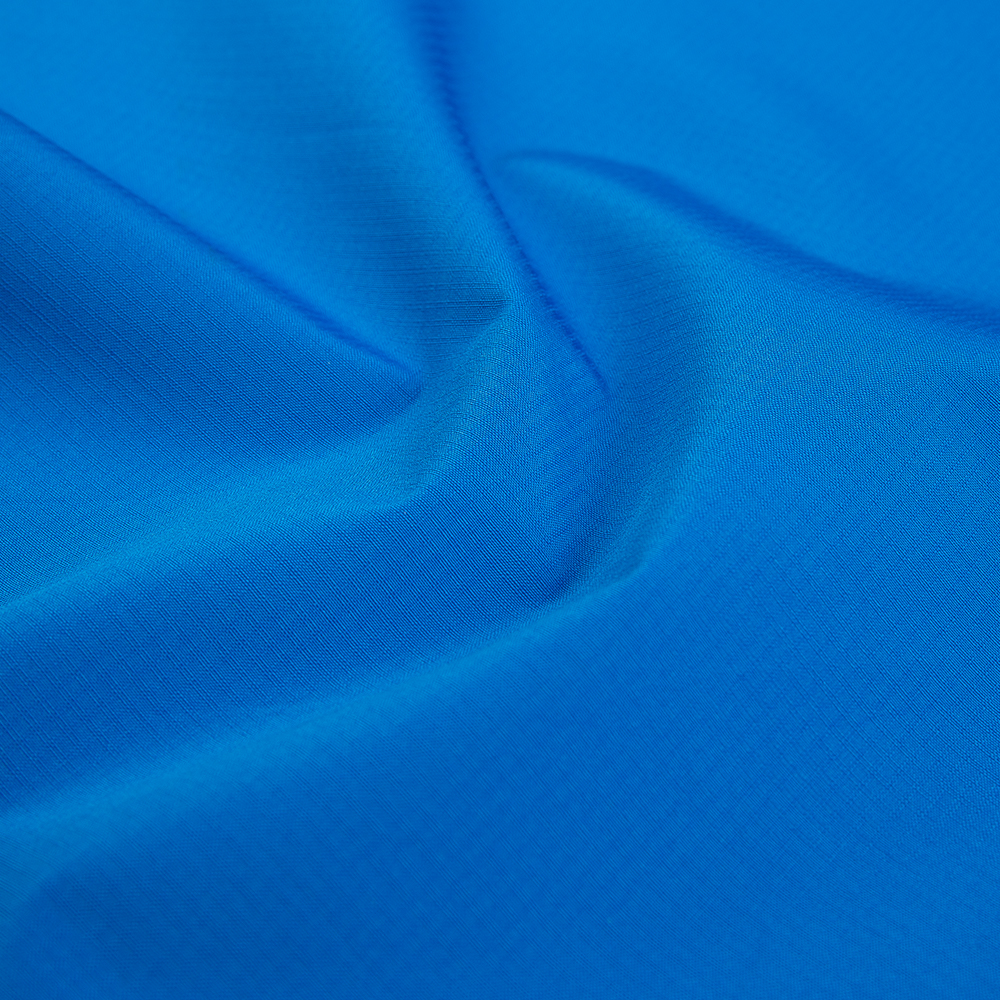Non-Toxicity and Lower Chemical Emissions
TPU is free from harmful chemicals like phthalates and chlorine that are often present in PVC materials. Phthalates, in particular, are plasticizers used in PVC to make it more flexible but are known to be toxic and have been linked to health risks.
PVC production also releases harmful chemicals, such as dioxins and hydrochloric acid, which are not only hazardous to human health but also contribute to environmental pollution. In contrast, TPU is considered safer both during manufacturing and in its end-use, as it does not off-gas harmful substances.
Recyclability
TPU is thermoplastic, meaning it can be reheated and reformed without significant degradation, making it recyclable. This is a major advantage over PVC, which is difficult to recycle and often ends up in landfills.
PVC recycling is complex and often not economically feasible. PVC products can only be downcycled, meaning their quality and utility degrade after each recycling cycle. TPU, however, can be recycled into new products without losing its inherent properties.
Closed-loop recycling of TPU fabrics is becoming more widespread, which means that discarded TPU laminates can be reused and reprocessed into new materials, reducing waste.
Lower Carbon Footprint
TPU generally has a lower carbon footprint during production compared to PVC. PVC production is energy-intensive and involves the use of chlorine, which requires substantial energy for extraction, while TPU production can be more energy-efficient.
Additionally, the life cycle of TPU materials tends to result in lower greenhouse gas emissions compared to PVC. As TPU is easier to recycle and reprocess, it reduces the need for virgin raw materials and the associated environmental costs.
Biodegradability (Partial)
While TPU is not fully biodegradable, it tends to break down more easily and safer in the environment compared to PVC, which is notorious for its long decomposition time and environmental persistence. PVC can take hundreds of years to decompose in a landfill, while TPU degrades more rapidly and is less harmful when it breaks down.
No Chlorine or Halogenated Compounds
PVC is a chlorine-based polymer, meaning that the production and disposal of PVC can release chlorine gas and other toxic halogenated compounds. This contributes to air pollution and the formation of dioxins, which are highly toxic and carcinogenic.
TPU, on the other hand, does not contain chlorine or halogenated compounds, which makes it a more environmentally friendly option in terms of both production and disposal.
Reduced Harmful Additives
PVC often requires additional additives such as stabilizers, flame retardants, and plasticizers to improve its performance. Many of these additives are toxic or non-biodegradable and can leach into the environment over time.
TPU is typically made with fewer additives and is inherently more stable without the need for harmful chemicals, making it a cleaner option for products like outdoor gear, medical supplies, and clothing.

No Heavy Metals
PVC can contain heavy metals such as lead and cadmium, which are used as stabilizers and can leach into the environment during manufacturing, use, or disposal.
TPU does not require the use of heavy metals in its formulation, which means it poses less risk to the environment when discarded and is safer to handle during production.
Water and Air Pollution Reduction
During the production of PVC, harmful emissions like chlorine gas and hydrochloric acid can be released into the air, contributing to air pollution and potentially causing acid rain.
The production process of TPU is more environmentally friendly, with fewer toxic emissions, leading to less air and water pollution. Moreover, as TPU is easier to recycle, it reduces the overall demand for new raw materials, further minimizing environmental impact.
Improved End-of-Life Disposal
TPU materials can be downcycled, which means that even if they cannot be fully recycled, they can still be used in applications that don't require the same high-performance standards, such as in the construction or automotive industry. This helps reduce the amount of TPU that ends up in landfills.
Conversely, PVC is harder to dispose of safely, as it can release toxic gases during incineration or create harmful waste in landfills.
Less Environmental Impact in Manufacturing
The production of TPU involves fewer harmful chemicals and simpler processes than PVC. While both materials require energy for production, TPU generally uses less toxic processing and emits fewer hazardous byproducts.
In addition, TPU laminated fabric typically involves less use of harmful solvents, adhesives, or chemicals compared to the production processes for PVC-laminated fabrics, making TPU more sustainable in terms of production.











